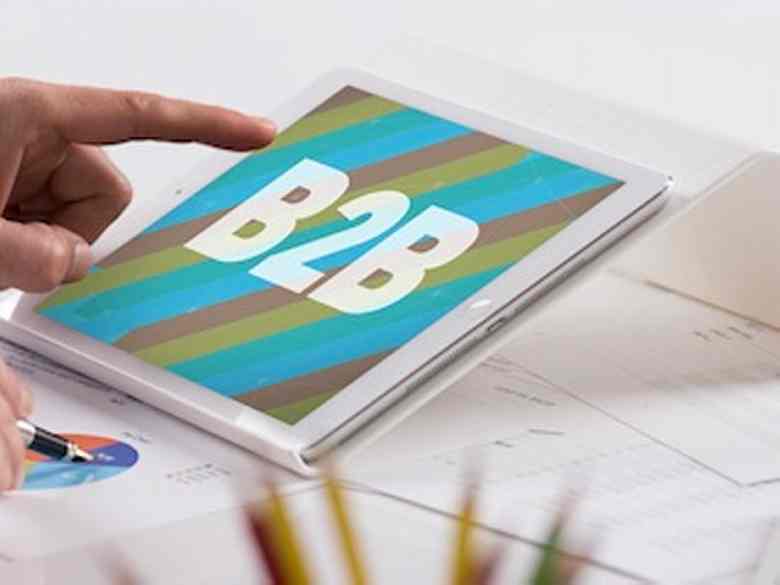Final yr, in “How you can Prosper as a B2B Distributor,” I addressed the pressing want for wholesale distributors to evolve. I defined the need of migrating to a self-serve digital procuring expertise, the place patrons can discover, consider, and order merchandise anytime. The expertise may embody reside chat for fast customer support, detailed spec sheets, comparability charts, and even recommendation and coaching.
Covid-19 has accelerated that want.
Legacy Processes
Organizations which have operated in the identical method for years usually rely on key, long-serving personnel. Procedures and techniques usually are not documented. For instance, solely a single salesperson could know which product or worth matches a particular buyer. Figuring out the appropriate product or worth isn’t essentially difficult, however the course of is undefined.
Furthermore, handbook processes result in inefficiencies and errors.
Shifting the tradition of an organization from handbook to digital might be difficult at any time. Doing it in a pandemic can appear doubly troublesome.
To begin:
- Listing the high-level capabilities of your small business — e.g., gross sales, operations, customer support, transport.
- Establish which capabilities are the bottlenecks.
- Focus on every bottleneck with an worker in that space. Ask her to explain on an online assembly (Zoom or equal) what she does. Report the assembly.
- Work with the worker to determine steps that could possibly be automated. This could function the premise to maneuver the method to digital.
Upgrading Inside Programs
An outdated back-office system might be painful. Seemingly nobody understands all of it. It’s costly to keep up. It limits your capacity to combine with different techniques. But, your small business runs off it. Workers understand the necessity for change, however they’re apprehensive nonetheless.
How do you resolve when to scrap the outdated system and put money into a brand new one? Upgrading company-wide software program can’t be performed rapidly.
Begin with analysis:
- Attain out to contacts in comparable industries and similar-size companies. Ask about their experiences with software program platforms and implementers.
- Learn opinions on websites akin to Capterra, Gartner Peer Insights, and TrustRadius.
- Contact potential suppliers. Request demos. Ask for buyer references.
Issues
When evaluating potential suppliers, take into account elements that complicate transport. For instance, real-time transport quotes are troublesome for orders that collectively weigh greater than 150 kilos. A service usually requires extra data even when a distributor is aware of the load, which isn’t all the time the case.
Furthermore, the pandemic has created out-of-stocks, forcing distributors to ship partial orders. However legacy ecommerce platforms usually permit a distributor to cost a buyer’s bank card just for the complete order, not for partial shipments.
Listed here are some workarounds:
- Show transport charges just for orders of lower than 150 lbs. For bigger weights, permit prospects to take a look at however show a message that the transport price will probably be calculated and charged afterward.
- Think about a service, akin to ShipperHQ, that gives transport flexibility, akin to merchandise in a number of warehouses, prohibited locations, and exclusions from free transport affords.
- Customise your cart to tokenize bank card knowledge (retailer the information securely with the fee gateway) after which cost the cardboard solely when gadgets ship.
Management
The bottom is shifting for distributors. Surviving within the digital age requires innovation and robust management. Such adjustments had been crucial earlier than Covid-19. They’re now pressing. The pandemic will finish, however transformations within the B2B market are right here to remain.


